EU pledges €50bn for Ukraine
The ongoing conflict between Ukraine and Russia has led to a sharp downturn in the Ukrainian economy, with a 30.4% drop in GDP. In response, the European Union has provided financial and military assistance to Ukraine over the past 12 months, holding it up as a symbol of European solidarity and safety from Russia. The EU has announced a new €450 million assistance package for 2023, which brings the total financial support to Ukraine from the EU, its Member States and European financial institutions to around €50 billion. This article will explore where the money has gone so far and what it means for Ukraine’s future.
Where has the money gone so far?
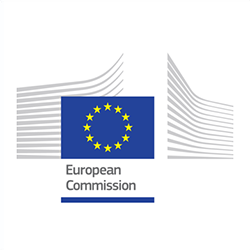
The €50 billion provided by the EU, European financial institutions, and Member States comes in different forms and is spent on various humanitarian and military aid, as well as Macro-Financial Assistance and loans:
| Type of Aid | Description |
|---|---|
| Macro-Financial Assistance | A form of aid for EU partner countries experiencing a balance of payments crisis, used to finance government expenses like pensions, salaries, education, and restoring infrastructure. |
| Equipment Donation | The EU has pledged to donate equipment to help ease Ukraine’s energy crisis, including 35 million LED light bulbs and 5400 generators, as well as to help repair the power grid, 40% of which has been destroyed by Russian missile strikes. |
| Restricted Measures | The EU has imposed restrictive measures on more than 50 entities and individuals in response to the ongoing Russian military aggression against Ukraine. |
The cost of war
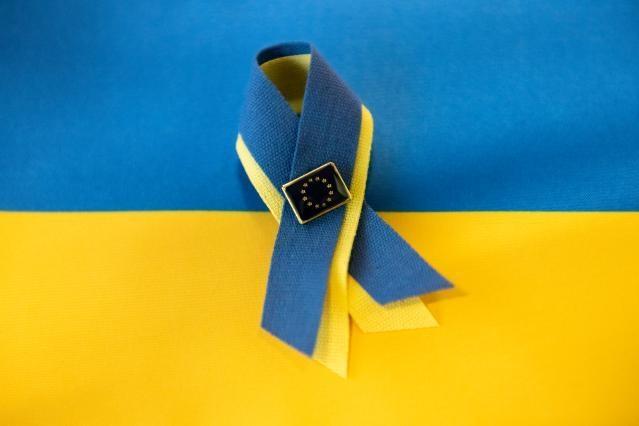
The World Bank has estimated that the cost to Ukraine, in terms of economic recovery and infrastructure reconstruction, is around €320 billion. Much of this economic downturn is related to the mobilisation of workers, which disrupted key industries such as agriculture and exports upon which Ukraine’s economy largely depends.
Despite this, the Ukrainian economy has been surprisingly resilient given the challenges it faces. According to Olena Bilan, Ukrainian analyst at Dragon Capital, the economy quickly rebounded when half of it was not operating, but later energy infrastructure was targeted by terrorists resulting in another slowdown. Despite the challenges posed by electricity shortages, companies managed to cope by buying generators, accumulators, and star-links.
Aid and investment for 2023
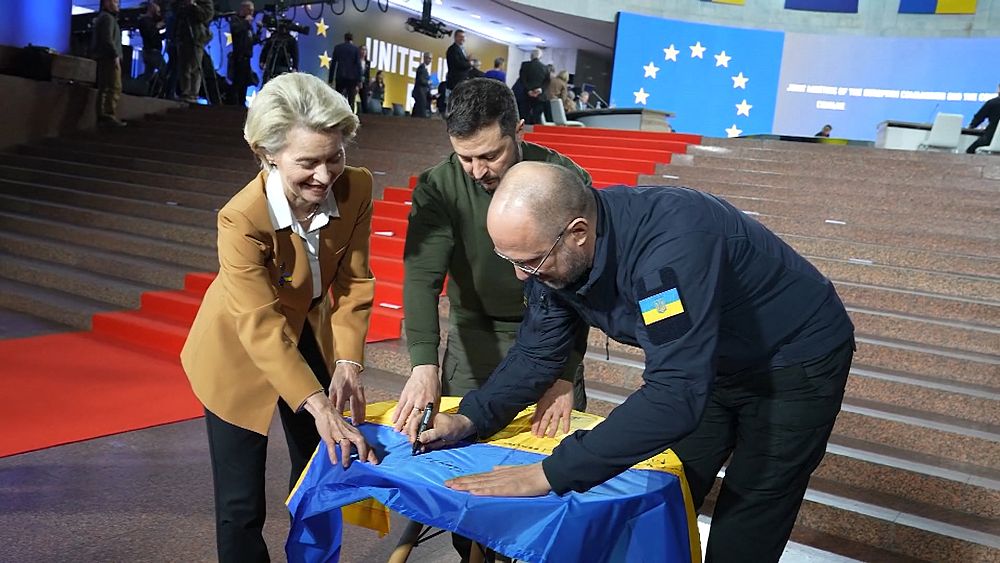
On top of aid, the European Union has committed to lending €18 billion in 2023 alone with favourable loan terms. The funds are tied to conditions laid out in the Memorandum of Understanding between Brussels and Kyiv, which includes rule of law reforms, economic deregulation, and a commitment to the fight against corruption.
Olena Bilan told Euronews that Ukraine needs to “make further steps on the reform path” to recover, implying that “Ukraine’s authorities would need to show really an appetite and their will to reduce corruption.”
This commitment was well-received in Kyiv, with Ukraine’s deputy Prime Minister, Olha Stefanishyna, stating that this latest “significant” EU package of aid gives “clarity” to Ukrainian citizens. The International Monetary Fund estimates that the Ukrainian government is facing a financing gap of $38 to $39 billion (above €35 billion), and therefore, the €18 billion loan partially plugs the gap.
Conclusion
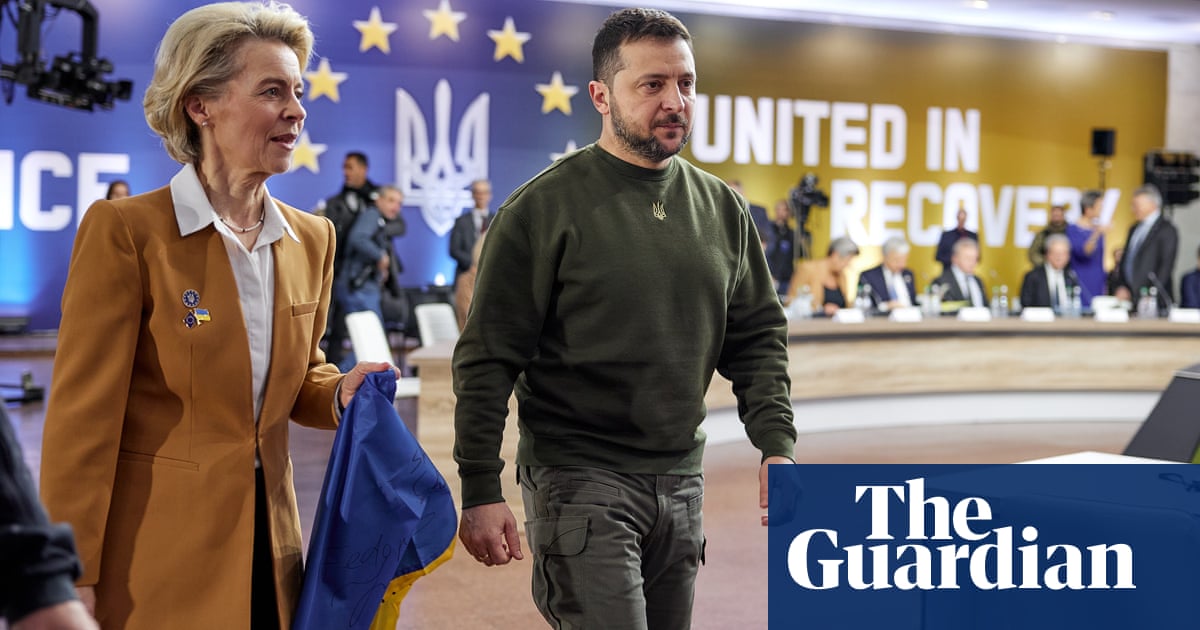
The EU’s €450 million assistance package for 2023 is a further demonstration of the bloc’s longstanding commitment to Ukraine. The country’s economy has suffered significantly because of the ongoing conflict between Ukraine and Russia, with a 30.4% drop in GDP. The European Union hopes that its financial and military aid, humanitarian aid, Macro-Financial Assistance, and loans will help to protect Ukraine’s territorial integrity and sovereignty as well as to protect the civilian population against the ongoing Russian military aggression.
FAQs
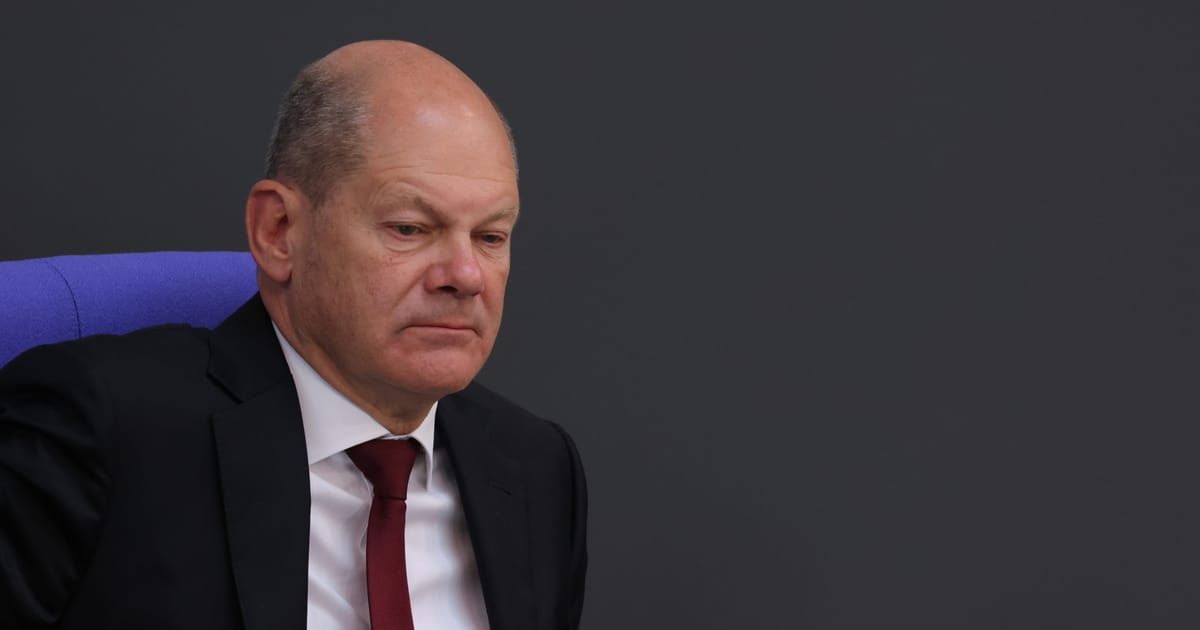
1. Will the EU continue to provide financial support to Ukraine?
Yes, the EU has committed to lending €18 billion in 2023 alone, and more financial support is expected in the future.
2. How will the EU’s financial support benefit Ukraine?
The EU’s financial support will help to protect Ukraine’s territorial integrity and sovereignty as well as to protect the civilian population against the ongoing Russian military aggression. It will also help to rebuild and repair Ukraine’s infrastructure that has been destroyed during the conflict.
3. What are Macro-Financial Assistance and loans, and how will they help Ukraine?
Macro-Financial Assistance is a form of aid for EU partner countries experiencing a balance of payments crisis, used to finance government expenses like pensions, salaries, education, and restoring infrastructure. Loans, on the other hand, are provided for specific purposes and are repaid with interest. The loans will provide Ukraine with much-needed capital to rebuild and repair infrastructure as well as to finance other government expenses.
4. What are the conditions for receiving financial aid from the EU?
The conditions for receiving financial aid from the EU may vary depending on the type of aid. However, they typically include commitments to economic reform, the rule of law, and the fight against corruption.
5. What is the cost of the war between Ukraine and Russia?
The World Bank estimates that the cost to Ukraine, in terms of economic recovery and infrastructure reconstruction, is around €320 billion.

